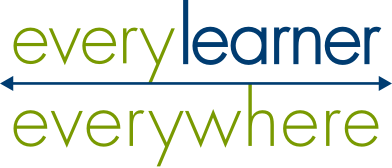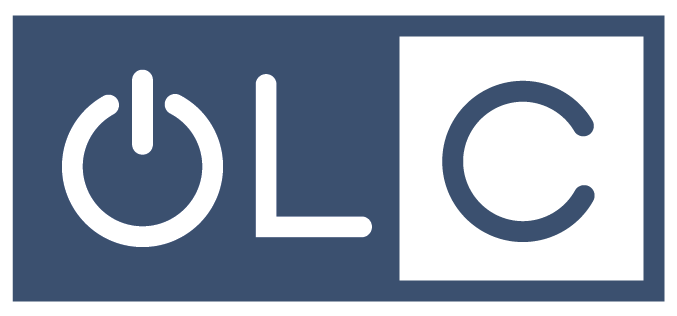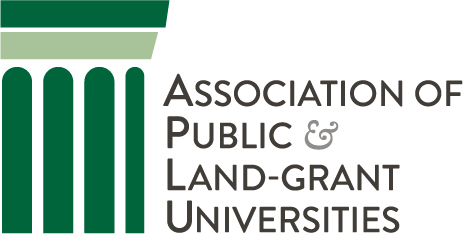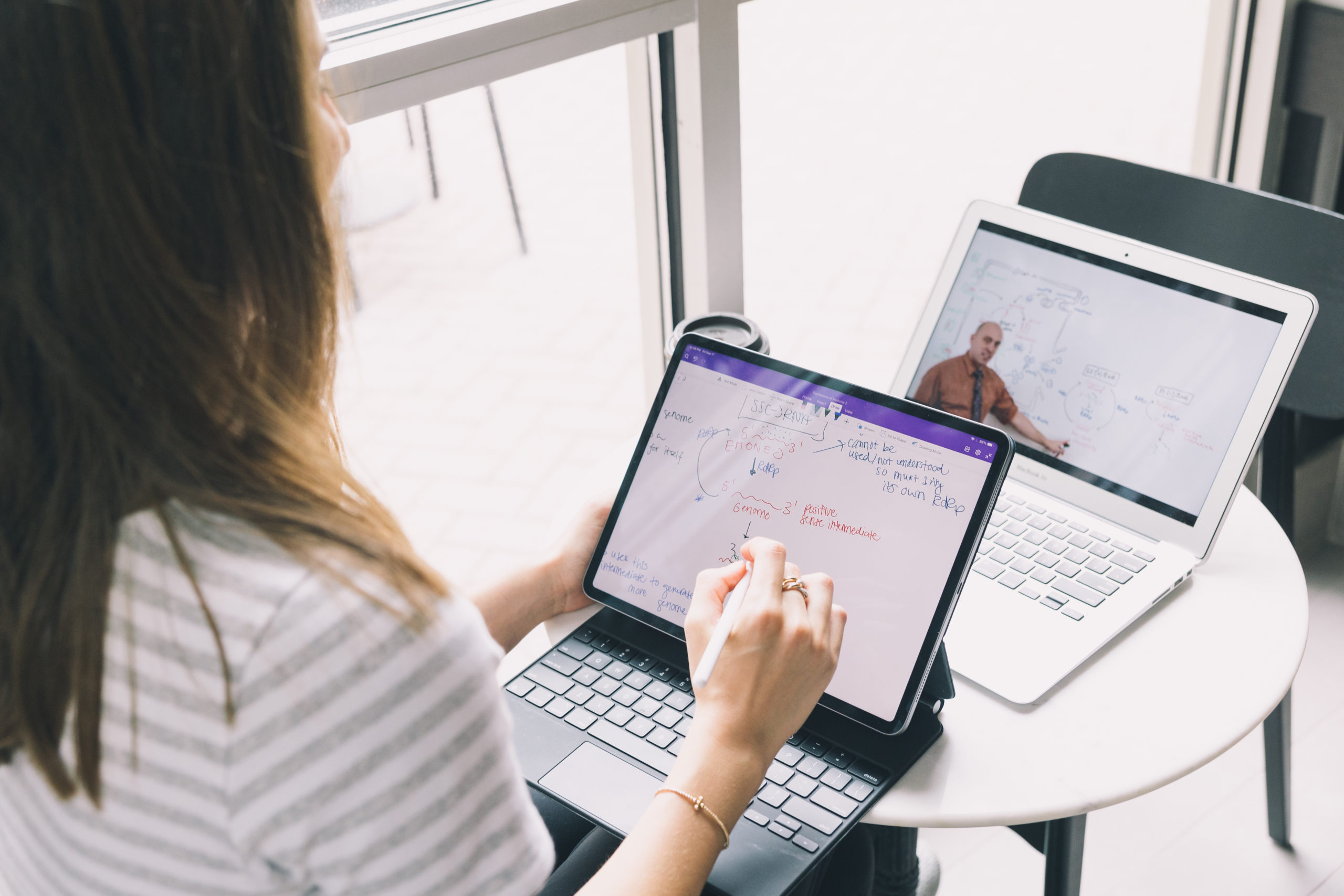The COVID-19 pandemic prompted colleges and universities to make extensive changes to curricula, teaching practices, and policies to meet student needs during the crisis. Many institutions responded by building new capacity in instructional design, digital learning technologies, and online and hybrid learning modalities. Now colleges and universities are assessing how those changes and new capacities can support ongoing efforts to improve equity-centered teaching and learning for the long term.
With that in mind, Every Learner Everywhere, The Online Learning Consortium (OLC), and the Association of Public and Land-grant Universities have released Optimizing High-Quality Digital Learning Experiences: A Playbook for Faculty, an updated edition of a resource compiled last year in the pandemic’s early days.
Abby McGuire, Educational Researcher at OLC, one of the co-authors of the revision, says, “The original was one of the most downloaded Every Learner Everywhere resources ever. Knowing a lot had changed since the onset of the pandemic is what really caused us to revise it.”
The original version, titled Delivering High-Quality Instruction Online in Response to COVID-19 and known informally as the Faculty Playbook (archived here), was a user’s guide to expanding and enhancing digital learning early in the COVID emergency, taking into consideration course materials, scheduling, and communication, as well as instruction. The need was especially urgent for schools serving Black, Latino, Indigenous, poverty-affected, and first-generation students whose lack of access to critical resources and technology might make them disproportionately vulnerable to the crisis.
A year into the pandemic, the co-authors and reviewers of the new Faculty Playbook assessed that early version, processed reader feedback, and developed an update. At the heart of the revision is an emphasis on equity gaps exposed and sometimes exacerbated by the pandemic.
“That was probably the most important part of the reboot,” McGuire says. “In the new version we really attempted to put equity front and center to make sure we were helping faculty meet the needs of racially minoritized and poverty-affected students.”
A broader sense of digital learning
Another underlying change in the reboot is apparent in the title. The reference to “online” in the original suggested a narrow web-centric focus, while the updated playbook recognizes a range of teaching modalities that use digital learning technologies, from fully remote to face to face.
“This one encompasses online, blended, and digital learning,” says McGuire. “At the onset of the pandemic virtually everyone was shifted online at the drop of a hat. Now things are changing and several studies show that students actually prefer blended environments, and they don’t want to return to the way things were pre-pandemic.”
Caring, sharing, and the power of intention
One example of a new feature in the updated Faculty Playbook is the section on the Community of Inquiry Framework, a model widely used in both online and blended education that, as the playbook explains, “highlights the importance of three interdependent elements that facilitate successful learning experiences.” These include:
- Social presence (opportunities to encourage students to project their personalities or to collaborate and share stories of lived experience);
- Teaching presence (from nurturing class culture to direct coaching or instruction); and
- Cognitive presence (fostering the exchange of ideas between students).
McGuire says the Community of Inquiry model strives for being intentional in the way faculty reach students. “The initial playbook was really about reacting to the pandemic, providing reactive strategies so that faculty could pivot quickly,” she says. “This edition, we tried to shift the focus to strategic actions, so that faculty could grow and develop the expertise they had begun to develop since the onset of the pandemic.”
The student perspective
The initial version of the playbook drew considerable feedback from students and “we included student voices, giving their input throughout,” McGuire says. “The student voices sections provided students’ perspective on the specific research-based strategies featured in the playbook and provided answers for what a particular strategy looks like in practice.”
For example, Venus Rodriguez, an Every Learner Everywhere Student Fellow majoring in integrated health sciences at Kennesaw State University, wrote:
“I had a professor this semester who was very unpredictable with her tests, which made it very stressful and difficult to study. For the important tasks such as tests and quizzes, it is crucial to be consistent, like having a similar style or format for each test, and to not make the class more frustrating for your students (since being online is hard enough already)!”
A user-friendly lesson plan for the digital age
Especially in light of the new additions to the Faculty Playbook, McGuire and colleagues included a comprehensive 10-Point Checklist, outlining the major strategies for optimizing high-quality digital learning. “It’s really meant to be a guide to a guide,” McGuire says. “We envision this playbook as the one resource you can use — to kind of tuck it under your pillow and sleep with it. We really wanted this to be a lasting resource — a resource to hold that much credibility and weight and be actionable.”
Download Optimizing High-Quality Digital Learning Experiences: A Playbook for Faculty




